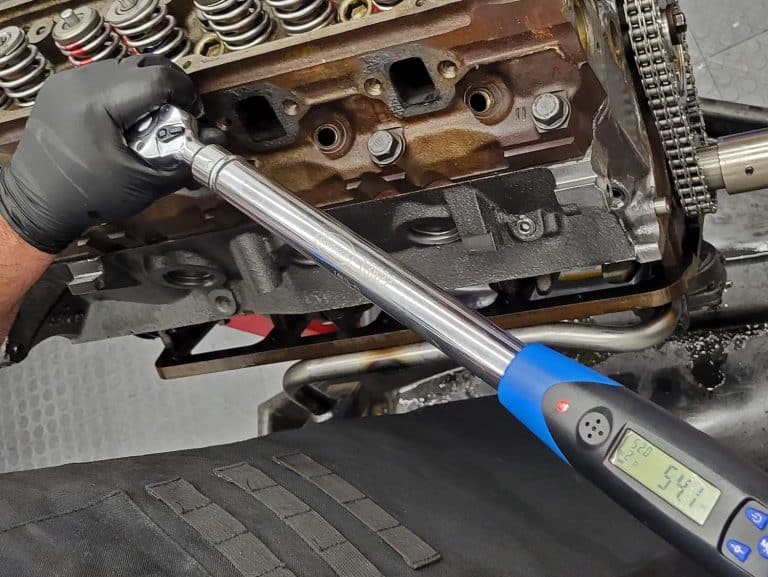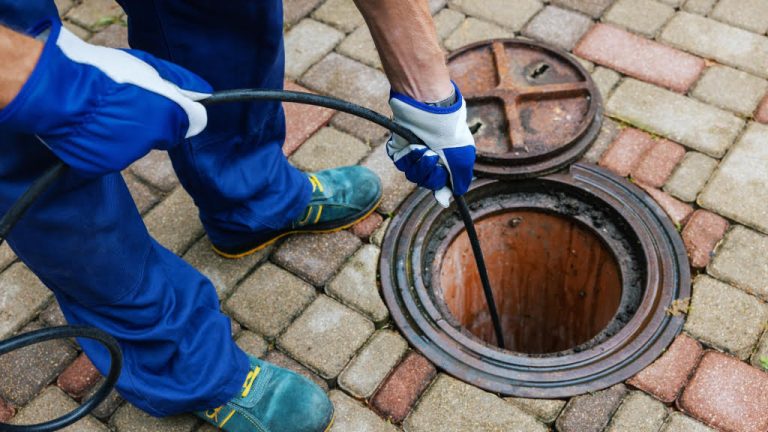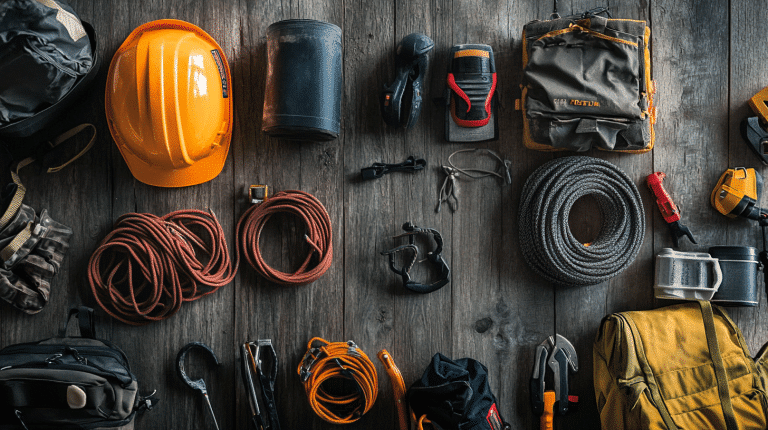Safety should always be a top priority when handling and installing hardware nuts. Whether you are working on a DIY project at home or tackling professional installations, following the right safety protocols is crucial.
This post will provide valuable insights on safely handling and installing hardware nuts. By maintaining a third-person perspective and using accessible language, this post aims to enhance clarity and coherence for readers of all levels.
Importance of Safety in Handling Hardware Nuts
Safety should never be taken lightly when it comes to handling hardware nuts. Due to their small size, they are susceptible to being dropped or lost in work areas, posing potential hazards. It is essential to ensure the proper storage, handling, and use of hardware nuts during any installation or DIY project.
Organizing Work Spaces
Creating an organized work area improves safety outcomes and makes finding the necessary hardware nuts more efficient. Prioritizing a tidy workspace reduces potential tripping hazards while minimizing instances of spills or other accidents caused by cluttered surfaces.
Proper Storage
Storing hardware nuts correctly not only ensures their accessibility but also plays a significant role in overall safety. Using appropriately sized containers or bins, you can separate different types and sizes of nuts for easy access when needed. Avoid overcrowding these containers, as it may result in tangling or unnecessary spillage.
Avoid Dropping Hardware Nuts
During large-scale projects that involve handling multiple hardware nuts simultaneously, the chances of accidentally dropping them increase significantly. Dropping hazardous materials like bolts or screws poses not only risks of injury but can also damage delicate surfaces such as wooden floors or expensive machinery parts.
To minimize the risk of dropping any nuts from hand-held containers, consider using magnetic trays that securely hold the fasteners in place until you are ready to use them. Alternatively, for smaller projects where precision is paramount, tweezers can provide greater control while reducing accidental drops.
Protective Gear
Protective gear should be worn as appropriate to further enhance personal safety during hardware nut installations or handling. Safety goggles should always be worn to protect the eyes from potential injury due to accidental nut projections while using tools.
Additionally, wearing gloves can help prevent cuts, scratches, or splinters when working with hardware nuts. The gloves’ material must be resistant to sharp edges and provide a comfortable grip.
Safe Handling Techniques
Following safe handling techniques closely is crucial in preventing accidents when working with hardware nuts. When working with nuts requiring significant force during tightening or loosening, always use the appropriate tools, such as adjustable, socket, or pliers.
Refrain from using your fingers directly to hammer or exert additional force on a nut. Not only does this increase the chances of an injury, but it may also damage the nut itself, compromising its functionality during installation.
Proper Installation Guidelines
Proper installation of hardware nuts is essential for the reliability and longevity of any structure or equipment they secure. Use included manuals or guides while following precise instructions provided by manufacturers. Adhering to these guidelines eliminates common mistakes that might compromise the security and safety of structures relying on hardware nuts.
Tightening Nuts Correctly
Improperly tightened nuts can lead to loose connections over time, causing structural instability. Mechanical torque instruments should be used to ensure consistent tension during installation to avoid such issues. Using these instruments reduces human error while providing secure fastening without overtightening, which could damage the thread integrity.
Safety Testing
Once installation is complete, conducting safety tests on structures relying on hardware nuts can provide additional peace of mind and minimize unforeseen risks. Thoroughly inspect the installed components and perform periodic checks on load-bearing capacity and integrity.
Conclusion
Safety protocols are paramount when working with hardware nuts, regardless of whether you are tackling a DIY project at home or engaging in professional installations. Organizing workspaces, maintaining proper storage, and wearing protective gear are some of the fundamental steps toward ensuring safety during handling and installation.
By implementing safe handling techniques, following manufacturer guidelines for installation, and conducting appropriate testing afterward, you can significantly reduce risks associated with improperly handled or installed hardware nuts. Remember, proper precautions should never be compromised when it comes to safety.










